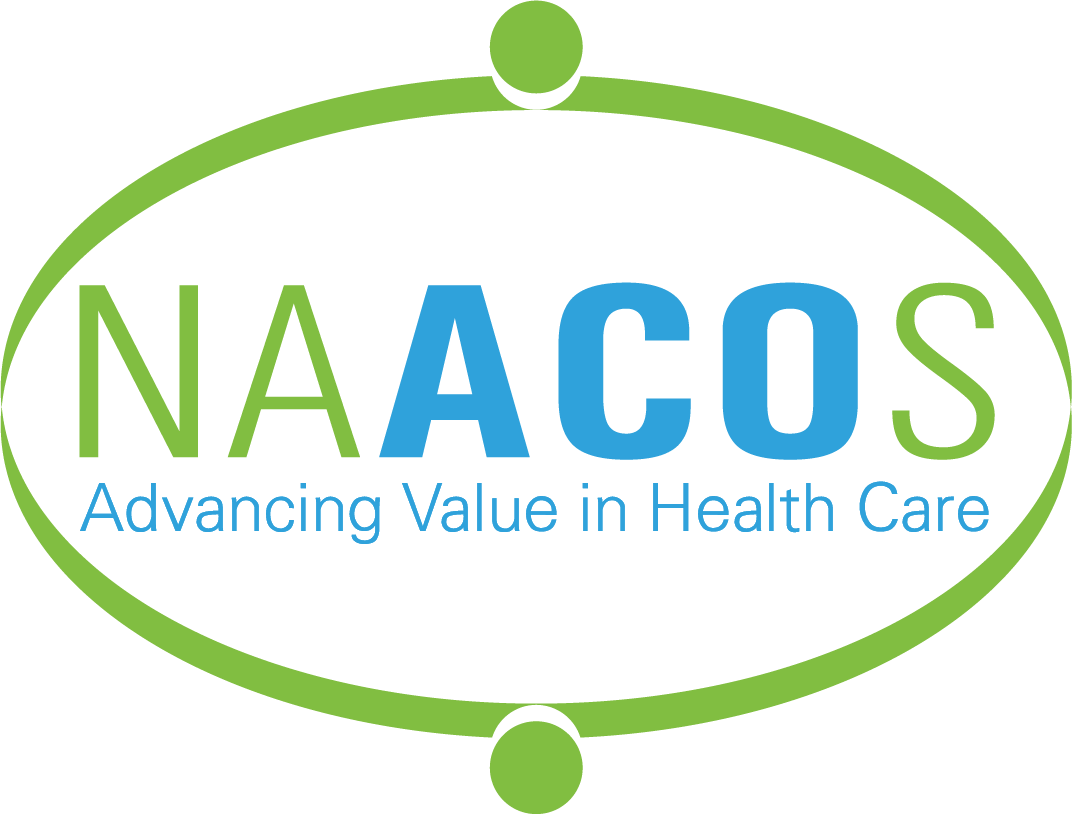Making Care Primary Model
On June 8, 2023, the Centers for Medicare and Medicaid Services (CMS) released a new, multi-state primary care model called Making Care Primary (MCP). The model builds on the previous primary care models like the Comprehensive Primary Care (CPC), CPC+, and Primary Care First (PCF) models and aims to address community priorities such as care management for chronic conditions, integrating behavioral health services, and increasing access for rural residents. Highlights of the model include:
Eligibility. Medicare enrolled entity that bills health services for at least 125 Medicare beneficiaries. Fifty-one percent of primary care sites must be located in a participating state.
Overlap with ACOs. Practices participating in the Medicare Shared Savings Program (MSSP) and ACO REACH are not eligible to participate in the model.
Participating States. Eight states—Colorado, Massachusetts, Minnesota, New Mexico, New Jersey, New York, North Carolina, and Washington. State-specific eligibility and integration with Medicaid will be available at a later date.
Model Start and Duration. The model will launch on July 1, 2024, and is slated to run for 10 and a half years. The application process will open in late summer 2023.
Model Overview. Three progressive tracks:
- Track 1—Infrastructure Building. Payment remains fee-for-service (FFS) while CMS provides financial support to help participants build care transformation infrastructure and advance care delivery options.
- Track 2—Implementing Advanced Primary Care. Payment for primary care will shift to a 50/50 blend of prospective, population-based payments and FFS payments. CMS will continue to provide additional financial support at a lower level than Track 1.
- Track 3—Optimizing Care and Partnership. Payment for primary care will shift to fully prospective, population-based payment while CMS will continue to provide additional financial support, at a lower level than Track 2.
Many details of the model are unknown, and we are anticipating more information will be available with the request for applications (RFA) release in late summer.
On June 9, CMS published a blog on the Innovation Center’s strategy to promote high-quality care. In it, CMS notes that it is exploring ACO-based primary care model tests that may focus on practices in MSSP and state-based total cost of care models that promote primary care.
NAACOS Considerations:
Bringing New Providers to Value-Based Care
- CMS has stated the aim of this model is to provide an on ramp for practices who have not participated in value-based care models.
- This may be an opportunity for practices to gain experience in value-based care prior to joining an ACO. NAACOS will monitor the RFA for details on practices’ ability to join this model and later transition to other models.
Overlap with MSSP
- NAACOS is disappointed that CMS does not allow practices to concurrently participate in ACOs and MCP. We are concerned that this model will harm ACO efforts to recruit additional practices in the states where the model is available.
- NAACOS is committed to increasing investment in primary care and has called for CMS to establish an option for ACOs to implement population-based payments for primary care. NAACOs has been in discussions with CMS regarding this option and appreciates that CMS noted they are developing this approach in its blog.
- We are urging CMS to make the MSSP population-based payments for primary care available to coincide with the start of MCP.
- Working with ACOs has proven to be beneficial to primary care practices, and ACOs with practices concurrently participating in primary care models, such as Primary Care First or the Maryland Primary Care Program, are the most successful.
- Primary care models are most successful when nested within a total cost of care framework. Evidence from the most recent CPC+ evaluation found that while the model as a whole did not reduce total Medicare expenditures, Track 1 CPC+ practices simultaneously participating in MSSP did achieve reductions in total expenditures in PY4. Evaluators posit that if this trend continues through PY5, CPC+ could show meaningful cost savings even after accounting for enhanced payments in the Track 1 MSSP subgroup.
- Implementing innovative payment models within ACOs is the best solution to strengthen primary care and advance CMS’ goal of having all traditional Medicare beneficiaries in an accountable care relationship by 2030.
